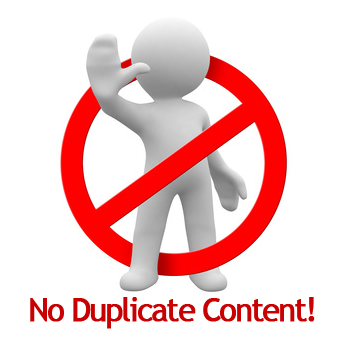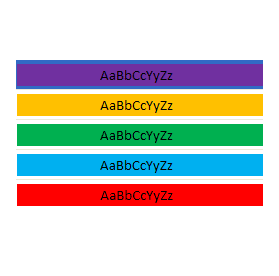How to create a Histogram in Excel
This example teaches you how to create a histogram in Excel. 1. First, enter the bin numbers (upper levels) in the range C4:C8. 2. On the Data tab, in the Analysis group, click Data Analysis. Note: can’t find the Data Analysis button? Click here to load the Analysis ToolPak add-in. 3. Select Histogram and click OK. 4. Select the range …





